If you’re planning a visit to Devil’s Lake State Park this summer, here’s something important…
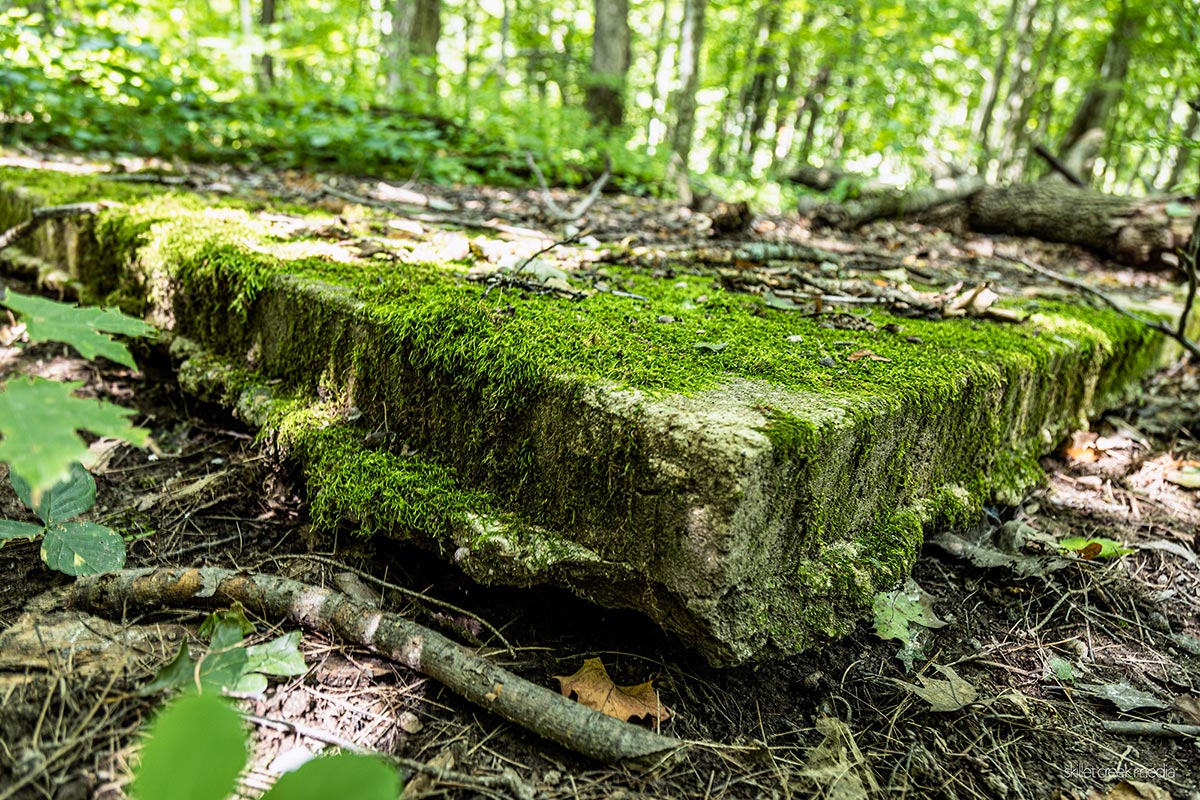
Devil’s Lake’s landscape is filled with remnants of human history at the park. These remnants can be read like a history book, with each page revealing a different era. From ancient effigy mounds sculpted by Native peoples thousands of years ago, to the stony foundations of early settler farms, to remnants of old quarries – the park is a treasure trove of historical traces.
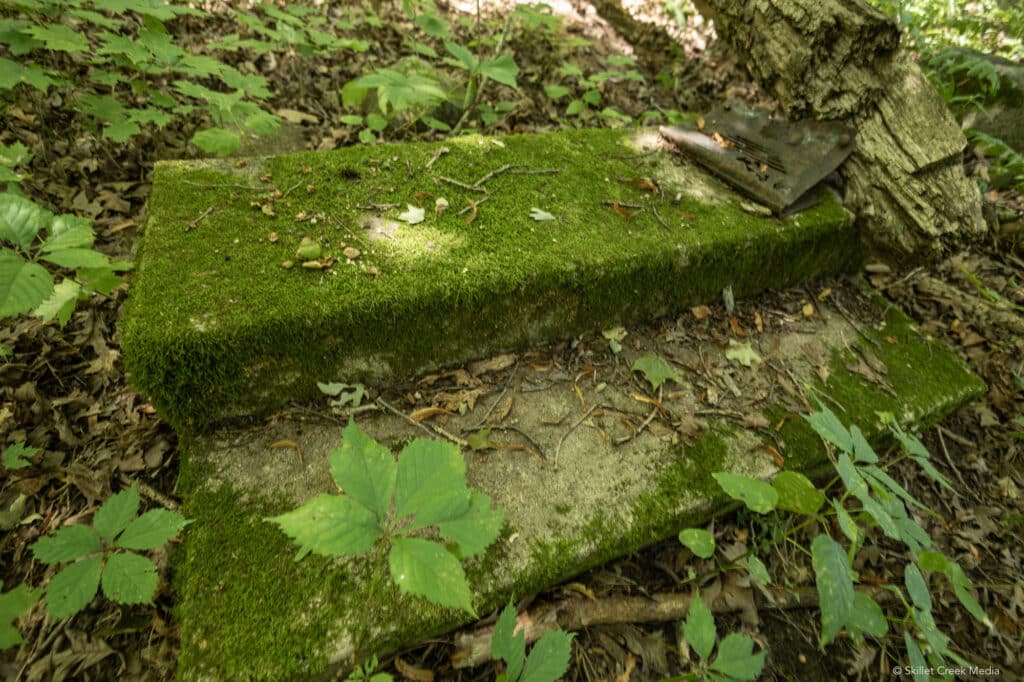
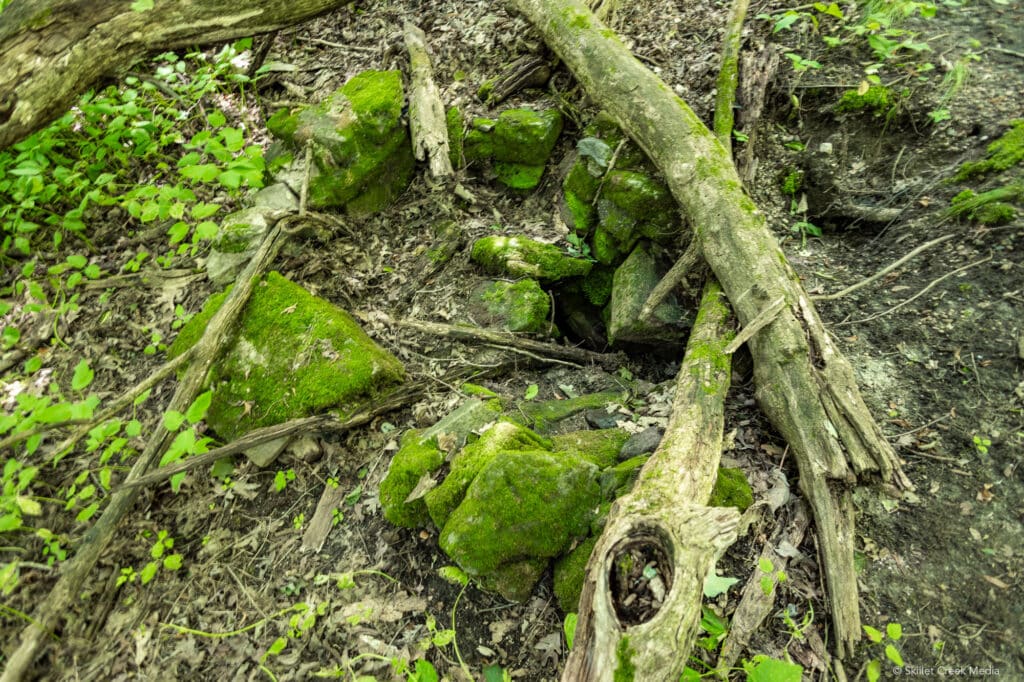
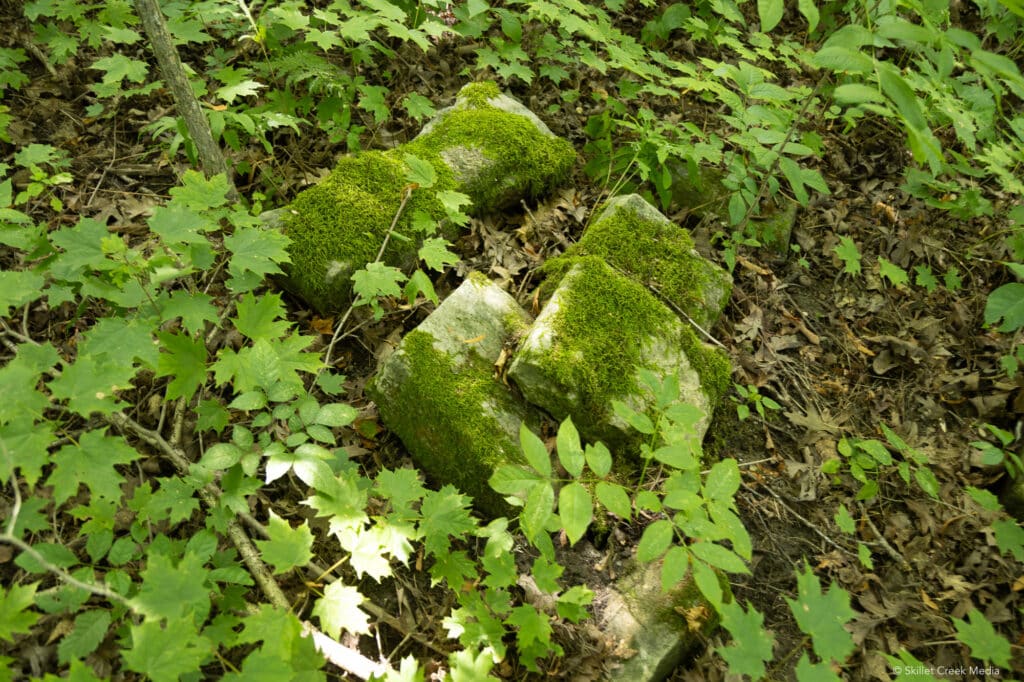
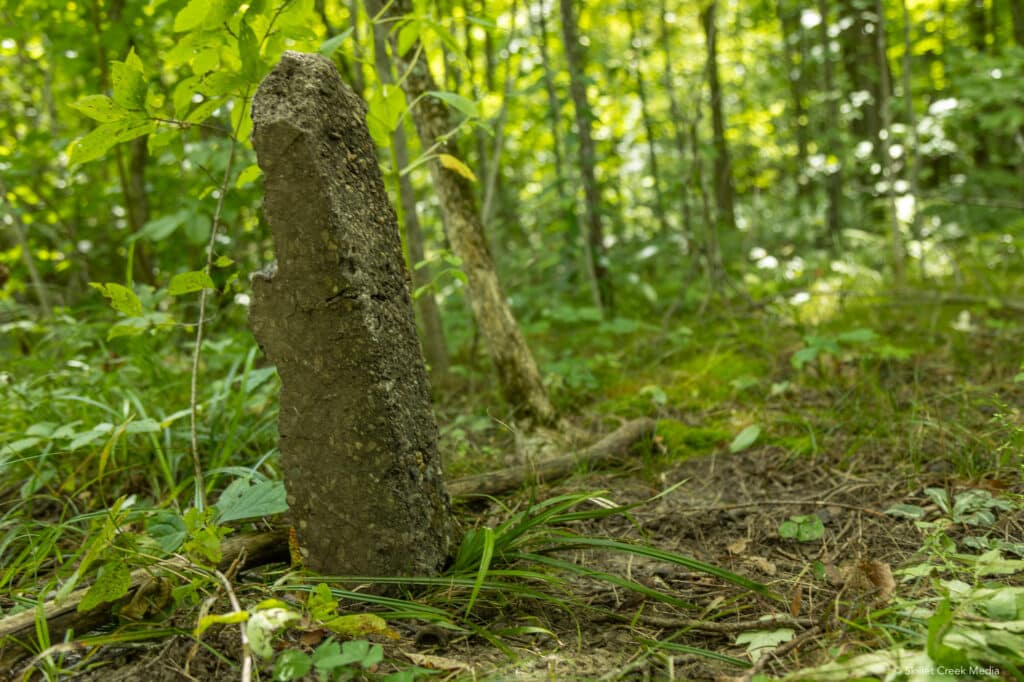
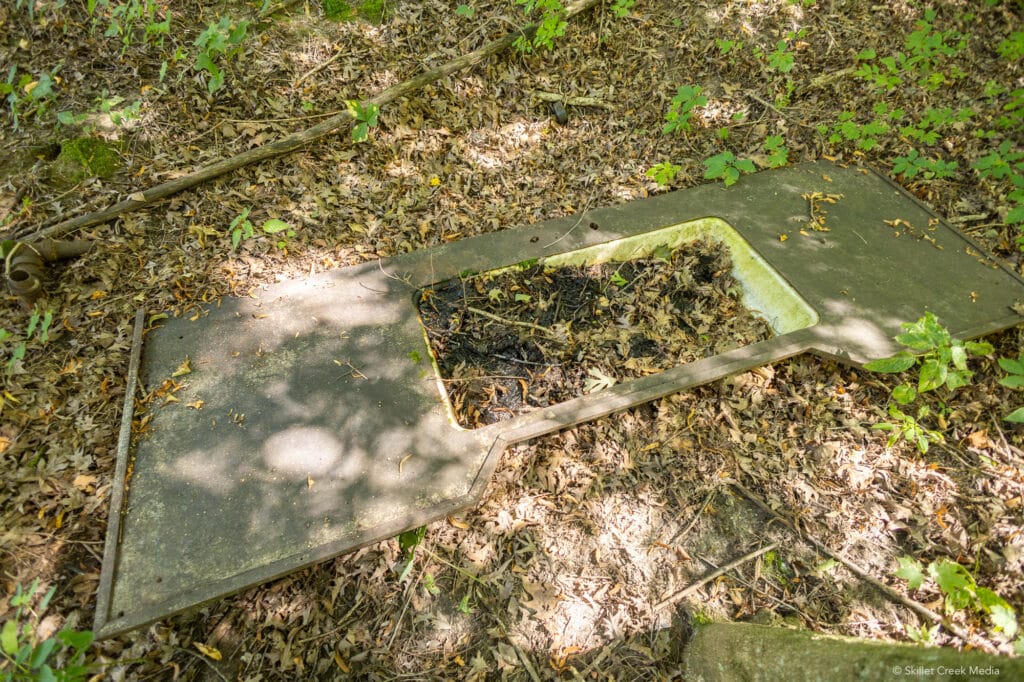
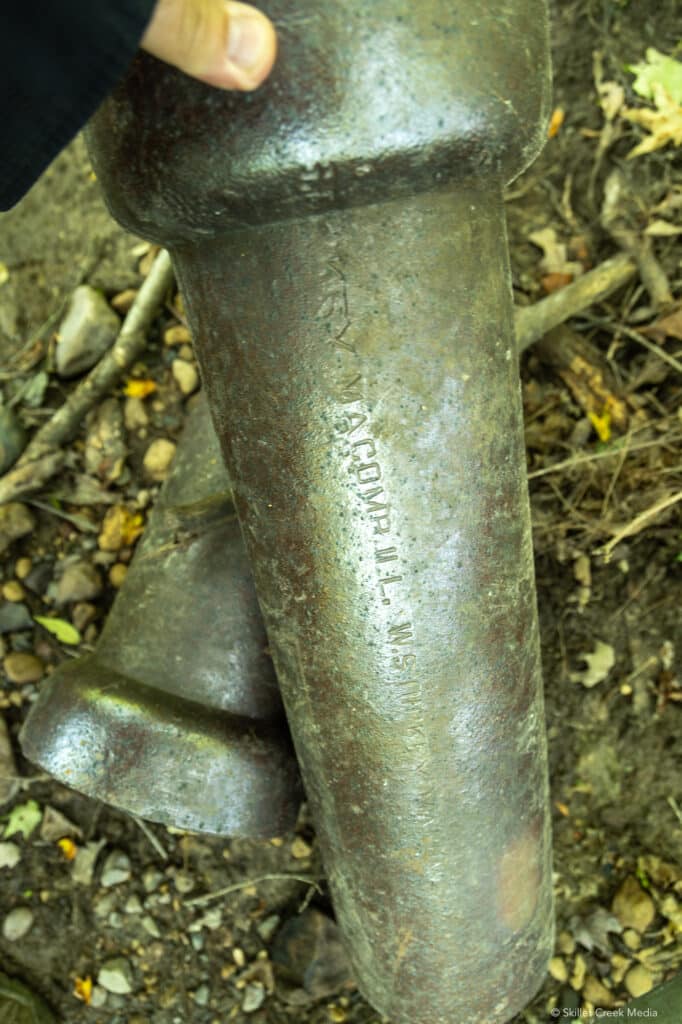
Recently a park visitor came across some foundations on the south-west corner of Devil’s Lake. He asked on the “Fans of Devil’s Lake State Park” Facebook page if anyone knew what they were and we were tagged. I gave a quick answer over there, but here’s a bit more background…
Most likely the remnants he found were part of an early UW Engineer’s Camp.
From 1910 to 1956, Devil’s Lake wasn’t just a scenic spot—it doubled as a summer classroom for University of Wisconsin civil engineering students. For almost 50 years, future engineers used our park as their real-world laboratory. They worked on topographic surveys, railway planning, and other hands-on projects, turning theory into practice on the shores of Devil’s Lake.
What started as a 2-week program grew into a full 4-week immersive experience. But as Devil’s Lake’s popularity with visitors increased, the engineers found it harder to focus on their work. In 1956, they packed up and moved to the quieter Taylor Lake, leaving behind only a few traces of their long history here.
Interestingly, as part of their training, numbers were assigned to various locations around the lake. This practice gave us an interesting nickname: the popular “Diving Rock” along the Tumbled Rocks Trail was known to these engineers-in-training simply as “Rock 8”.
Now, there is a chance that the person who asked the question came across some other foundations and stone remains in the same area. That part of Devil’s Lake State Park has always been known locally as Messenger shore, and of course, the park’s only inlet “Messenger Creek” is also here. This is because it was first settled by Lyman C. Messenger, a man who reportedly caught rattlesnakes by “hypnotizing” them. His son, Oscar Messenger, managed the Lake View resort in the early 1890s before erecting his own buildings, including a hotel, on the southwestern corner of the lake. The Messenger property featured a lawn for croquet and horseshoes, a pavilion for entertainment, and a refreshment stand that doubled as storage for oars and bathing suits. The family even ran a paddlewheel steamboat named “Alvah” in the 1890s. The Messenger family’s presence significantly impacted this area of the lake, even before the later Engineers’ Camp.
Have you encountered any signs of the old Engineers’ Camp or heard stories about it? Share your discoveries in the comments.
Ref:
A Lake Where Spirits Live by Ken Lange
Civil Engineering Summer Camp by Dave Vannes
Ask Flamingle, UW Alumni Association, by Jim Mugge
Photos taken Aug 14, 2024.

For nearly 2 decades the Skillet Creek blog has focused on 3 main goals; To inspire you to visit and explore the Devil’s Lake region, to help you get the most your visit by sharing tips, events, and other helpful information. Lastly to advocate for our environment & wildlife and talk about how we can keep our natural areas amazing now and into the future! That last goal can sometimes cause controversy, but it’s the only way we can accomplish the first two. – Derrick Mayoleth, Owner.
This Post Has 2 Comments
Comments are closed.

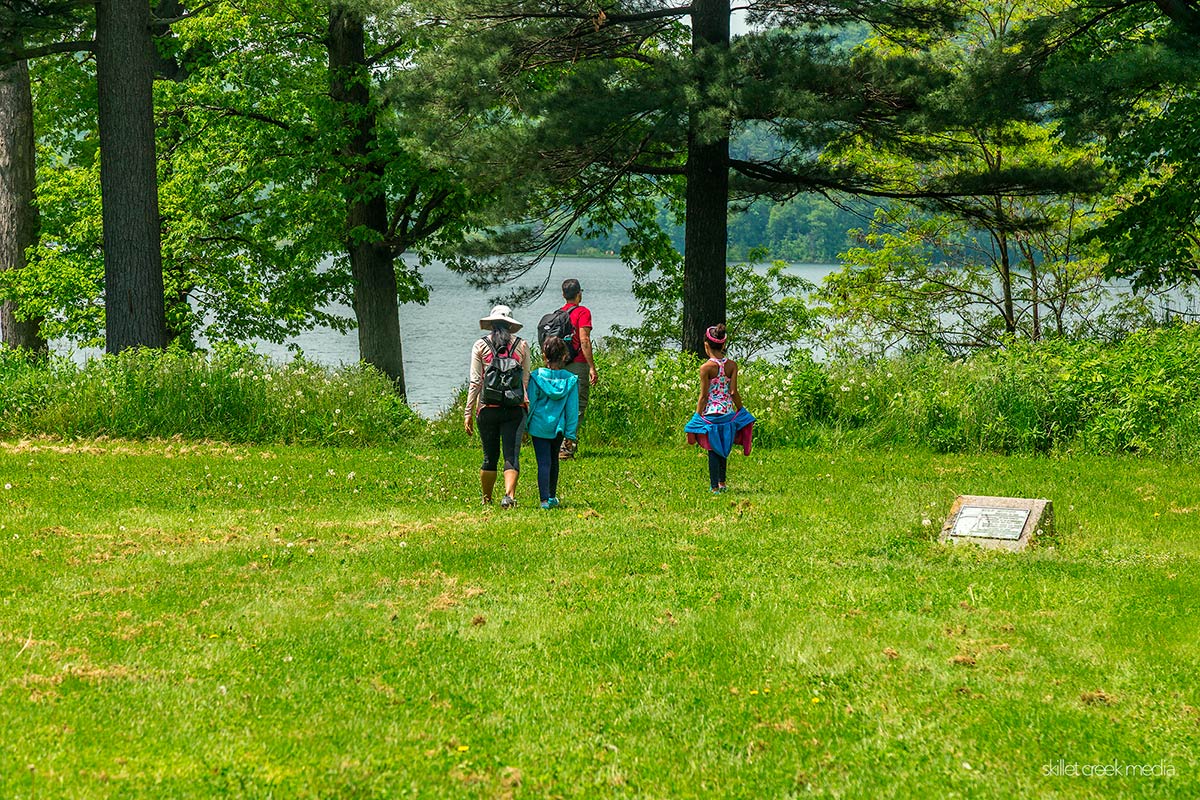
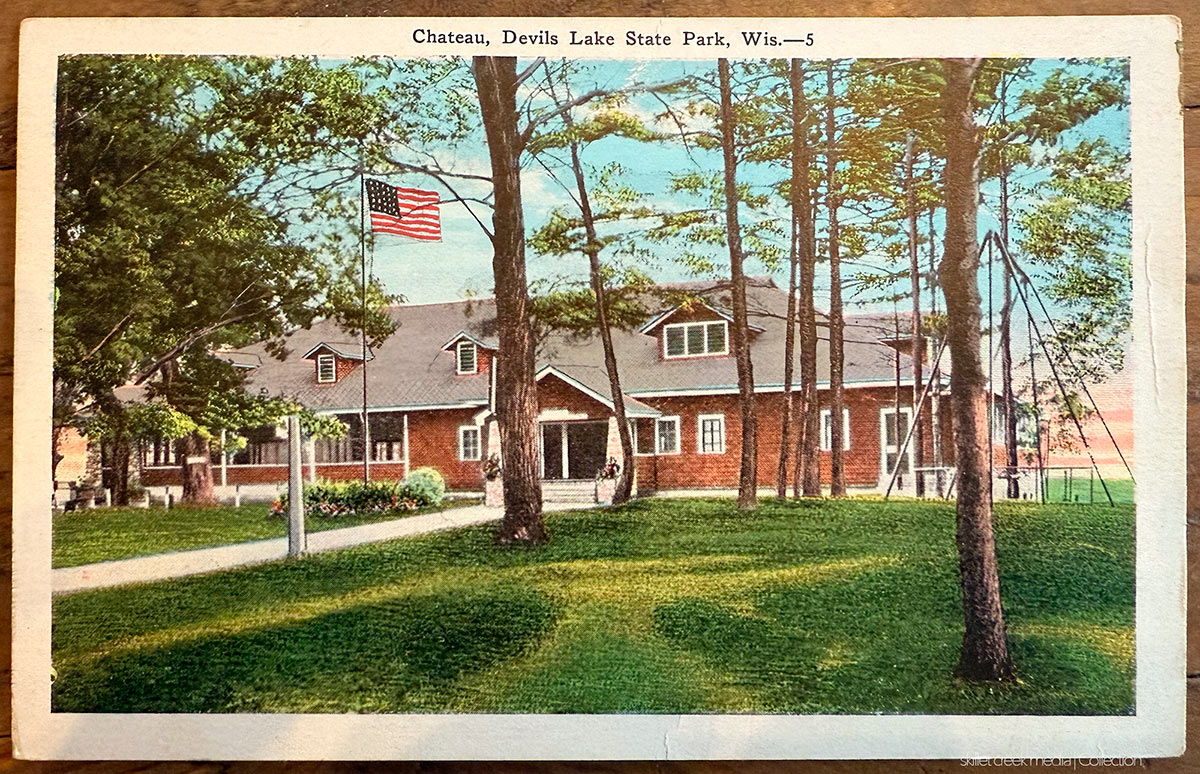
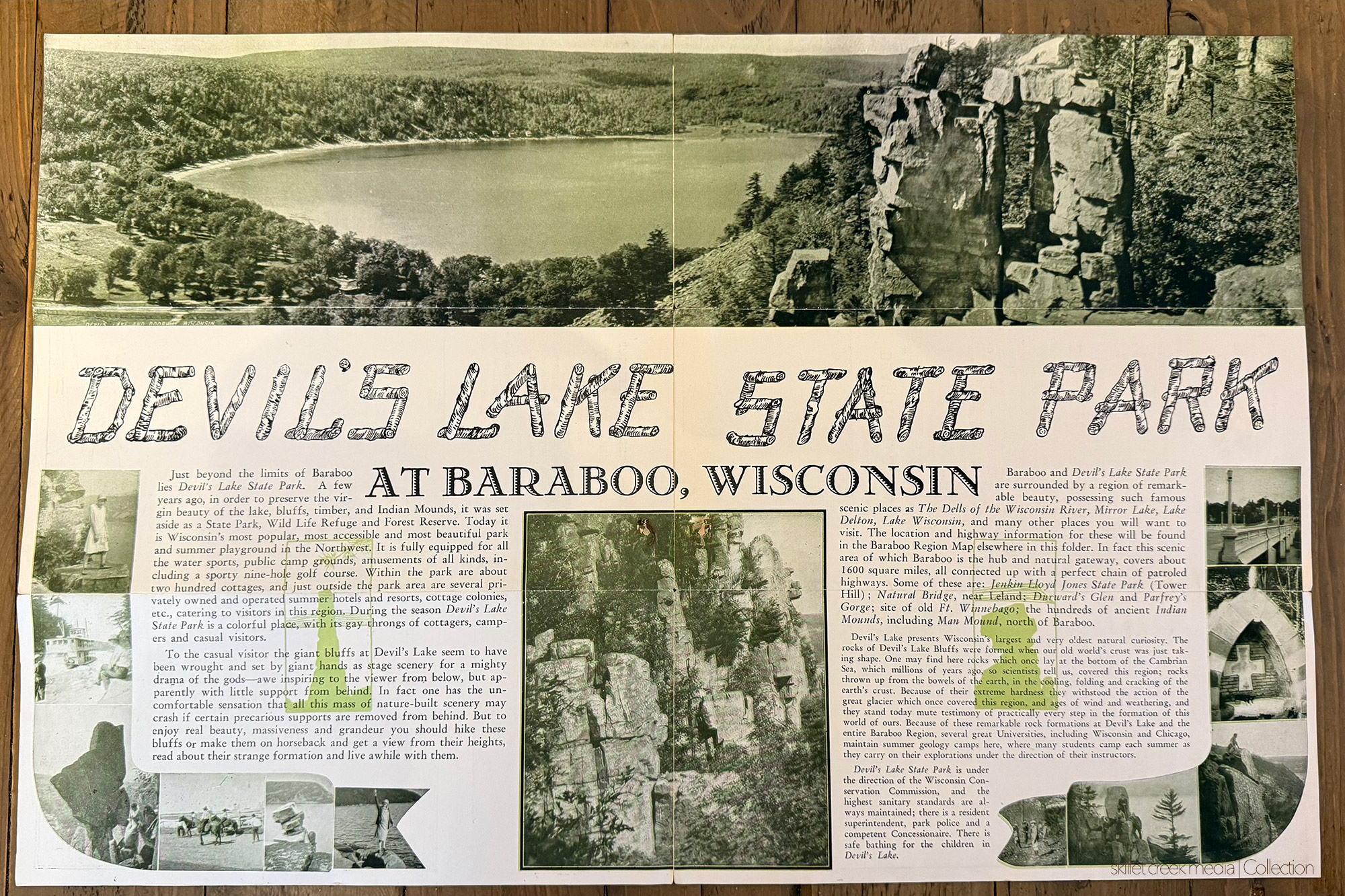
Contact me. I know a great deal about the engineers camp.
My parents met there and I first went at age 2weeks Many stories and pictures!!